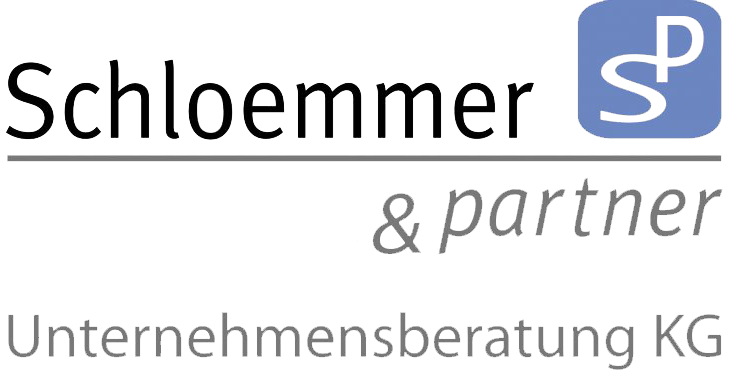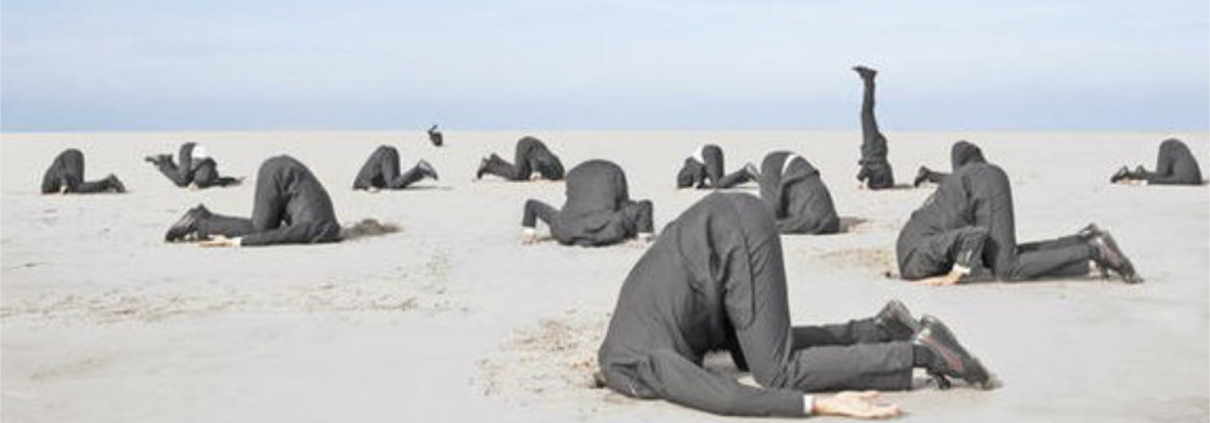In addition to all the negative effects on the economy that this crisis brings with it, this development is seen as a great opportunity to leave the “old” way of working behind us and embark on a journey into the world of New Work. New Work is more than just the discussion about working from home and how mobile working is handled after coronavirus. New Work is accompanied by significant changes in organizational culture and structure. The cultural level includes strengthening or building a culture of trust, promoting the personal responsibility and self-determination of employees and a management culture that has an inspiring effect and conveys a sense of purpose. The structure includes flattening the hierarchy, agile processes, employee co-determination, more flexible working hours and work locations, as well as new technologies and a workplace that is perceived as attractive and enables and promotes task-based work.
Strict hierarchical management styles and many hierarchies will no longer work for qualified employees. However, some effort is still needed to make leadership New Work fair. How quickly this happens depends in particular on the mindset in the company and the investment in management development.
Company management and executives have a decisive role to play here. They are the ones who set the basic attitude and shape the organizational culture and structures with their behavior, because New Work is based on a mindset that must be lived by managers.
The basis of a strong leadership culture is a shared understanding among company management and managers within the organization of the type of leadership that should be practiced. It is a shared understanding of leadership about the attitude, role, values and behavior of the manager together with the employees and goes far beyond the current mission statements.
Especially at a time when we are undergoing a transformation towards New Work, supportive leadership can make a significant contribution to connecting both worlds. Managers can respond to different situations and the different needs of employees. Defined processes and results can require results-oriented management that keeps an eye on the goals and steers towards the desired output. Supportive leadership can also be used to promote the potential of employees when it comes to activities that require innovation and creativity.
In addition, the manager recognizes diversity in the team as a resource and potential: managers actively strive for diversity in the team in order to benefit from a variety of perspectives and the resulting innovations. They face up to their shortcomings and unconscious assumptions and treat the different needs of their employees with appreciation and respect.
Ultimately, all these aspects of an individual’s understanding of leadership can only unfold if the entire leadership culture of the organization is based on the mindset of supportive leadership.
- Create trust among your employees!
- Give up responsibility and, if necessary, “power” and promote independence and personal responsibility!
- Ensure security through transparency!
- Make sure you receive regular feedback!
- Create and maintain cooperation networks!
In the wake of the digital transformation of the economy and society, the demands placed on company employees are also changing – because modern information and communication technology enables new forms of work organization and problem solving, among other things.
If companies use the planning of new structures and processes to rethink and further develop working methods and routines with employees, patterns of thought and behavior can be broken up and changed and more target-oriented processes can be implemented.
It is therefore about much greater co-responsibility instead of the usual top-down determination in organizations. In addition, many employees who are still hesitant or critical of the change can be won over as supporters at an early stage.
This is important because: In projects that aim to create a new culture of (collaborative) work, a key challenge is the same as in any change project,
- strengthen the drivers – i.e. the employees who identify with the project goals,
- mobilize the undecided, as far as possible, and
- to work on resistance, to give them space and time, but also to make personnel decisions.
The same applies to coping with increased complexity. Learning machines will take on more tasks in companies in the future. The particularly challenging tasks remain for the employee:
- those that are difficult to decide,
- those for which there is not yet any reliable experience and
- those where you also have to rely on your intuition resulting from your expertise.
To do this, companies need employees who are willing and able to make such risky decisions because they are able, willing and allowed to do so.
When it comes to establishing new forms of collaboration, the “will” is often already present in many employees. The great response to buzzwords such as “agility”, “new work” and “supportive leadership” shows that many people are longing for meaningful (collaborative) work that is based on parameters other than top-down defined processes and a rigid, predetermined organizational structure. This is exactly the kind of employee that companies will need in the future: “Satisfied working people” are not an end in themselves; in the digital age, they are often a prerequisite for business success.

































































